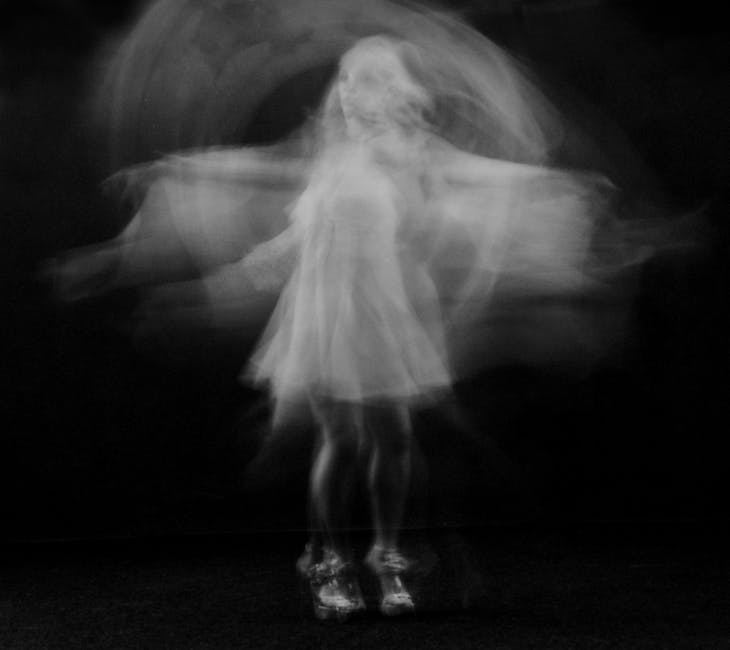 Creating an Engaging Preschool Dance Curriculum That Will Ignite Your Child’s Passion for Movement
Creating an Engaging Preschool Dance Curriculum That Will Ignite Your Child’s Passion for Movement
Are you a parent or teacher looking for an interactive and engaging way to introduce young children to the world of dance? Look no further! In this article, we will explore how to develop a preschool dance curriculum that will not only spark your child’s enthusiasm but also lay the foundation for a lifetime love of movement.
Choosing the Right Activities
When designing a preschool dance curriculum, it’s important to consider age-appropriate activities that will capture the attention of young children. Start with simple warm-up exercises to get their bodies ready for movement. Encourage them to stretch their arms, legs, and bodies, teaching them the importance of preparing their muscles and joints for physical activity.
Next, incorporate fun and interactive games that emphasize coordination and rhythm. Activities such as freeze dance or follow the leader can help children develop their motor skills while having a blast. Remember to keep the instructions clear and concise, ensuring that each child understands the game’s objective.
Introducing Basic Dance Techniques
As your preschoolers become more comfortable with movement and coordination, it’s time to introduce them to basic dance techniques. Focus on fundamental movements such as skipping, hopping, and jumping. These motions will help children develop balance and coordination, as well as improve their ability to follow rhythmic patterns.
Teach them the importance of posture and body alignment. Encourage them to stand tall, with their shoulders back and their heads held high. Remind them to engage their core muscles, as a strong core is essential for proper dance execution.
Music and Creative Expression
To enhance your preschool dance curriculum, incorporate a variety of musical genres. Introduce children to different types of music, from classical to contemporary, allowing them to explore various rhythms and sounds. This exposure will help children develop an appreciation for different styles of music and expand their creative vocabulary.
Consider including activities that allow children to express themselves through dance improvisation. Create a safe and supportive environment where they can freely move and explore their bodies. Encourage them to experiment with different movements and gestures, fostering their imaginations and self-expression.
Storytelling Through Dance
One creative way to engage preschoolers in dance is by incorporating storytelling into your curriculum. Select a familiar children’s story or nursery rhyme and encourage the children to act out the characters through dance. This approach not only allows children to explore their creativity but also enhances their listening skills and ability to interpret and express emotions through movement.
Additionally, you can introduce basic choreography to your preschoolers, teaching them simple dance sequences that tell a story. This will help them develop a sense of structure and sequencing while nurturing their ability to follow directions.
Fostering Collaboration and Social Skills
Dance is not only an individual art form but also a collaborative one. Incorporate group activities into your preschool dance curriculum to encourage children to work together and support one another. Partner exercises, where children take turns mirroring each other’s movements, can enhance their ability to communicate and cooperate.
Consider organizing small group performances where children can showcase their newfound dance skills. This experience will not only boost their confidence but also foster a sense of teamwork and create lasting memories.
Incorporating Props and Costumes
To further enrich your preschool dance curriculum, don’t forget to introduce the use of props and costumes. Props such as scarves, ribbons, or even stuffed animals can add an element of excitement and imagination to dance activities. Encourage children to explore different ways to manipulate and incorporate these props into their movements.
Occasionally, allow children to dress up in simple costumes during dance activities. This can help them develop a deeper connection with the characters they are portraying and enhance their overall engagement in the dance experience.
Final Thoughts
Designing a preschool dance curriculum that captivates young children requires careful consideration of age-appropriate activities, basic dance techniques, musical exploration, storytelling, collaboration, and creative expression. By incorporating these elements into your curriculum, you will provide an engaging and holistic approach to dance education for your preschoolers. So, get ready to ignite their passion for movement and watch them blossom into confident and imaginative young dancers!